Everyone needs water in Abington. It keeps us clean, provides us with a clean drinking source and helps us cook food and wash clothes. So, when a problem occurs with the water line, it can be disruptive to every aspect of everyday life. Here are some common water line problems and solutions you can implement to solve them as fast as possible:
- Burst Pipe – The biggest problem you can have is a burst pipe. This is a major problem and one that needs to be solved immediately. If your pipe bursts or starts to leak, turn off the main water supply immediately and call an emergency plumber. You’ll want to have it patched as soon as possible to return normal water service to your home.
- Noisy Pipes – Noise in the pipes is a slightly less disastrous problem but it can lead to bigger problems down the road if not dealt with. Usually, it is due to air in the pipes which can create a loud banging sound. If your pipes are vibrating or banging, the easiest solution is to turn off the water supply and drain your pipes completely, then fill them back up to remove the air build up.
- Water Pressure – Low water pressure can be due to a number of problems, from a small leak somewhere to an issue in the incoming water supply. If you notice water pressure dropping in your home, call a professional to inspect the problem and offer potential solutions.
- Sediment in the Pipes – If suddenly you are seeing excess sediment, rust, or other debris in your water it is probably from an aging pipe. While this doesn’t necessarily signal that your pipe is about to burst, it can be a sign of potential problems in the future. Build up from hard water or erosion can both be major problems if not fixed right away.
Water line problems can range from small nuisances to major disasters that threaten your entire home, but they should all be treated with equal import. If something happens to your water line, don’t waste time trying to track down a solution. Turn off the water supply and call a professional right away.

